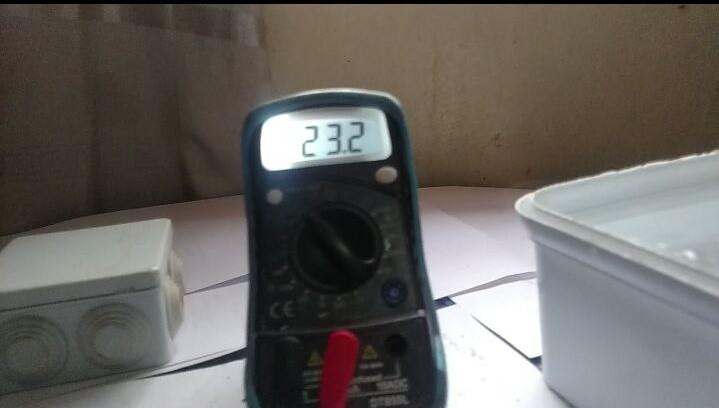POWERFULL DC-DC BOOST CONVERTER
by DidierKabelu in Circuits > Electronics
357 Views, 5 Favorites, 0 Comments
POWERFULL DC-DC BOOST CONVERTER

In this DIY tutorial, we will build a small DC-DC converter (12-24V/72W) which will enable us to power an electronic humidifier for an egg incubator.
A pretty effective trick when you want to save a bit of money on electronic components when building a small homemade incubator.
Note that the applications of this small circuit are diverse; it can be used as a basic assembly for a booster or electric fence electrificators, portable electrolyzers etc...
Portable electrolyzer etc...
Supplies




CIRCUIT DESCRIPTION
This boost circuit is built around a UC3843N, operating at high frequency and driving an IRFZ44N mosfet. This circuit can deliver 24V output and up to 3A of current, which gives a theoretical power output of 72W, which is more than adequate for our needs since the humidifier used here only consumes a maximum of 24W.
Yes, I know; we're all happy to hear that.
Let's be pragmatic and get to the heart of the matter. Here's the list of components required:
- Capacitors
- C1=100pf
- C2,C3=1n
- C4*1000uf/35v
- Resistors
- R1=100K 1/4W
- R2=6K8 1/4W
- R3,R4,R5=1K 1/4W
- R6=100R 1/4W
- R7=0R05 1W
- RV1=10K 1/4W
- Inductor
- L1=680UH
- Diodes
- D1=MBR10100CT
- Transistor
- T1=IRZ44N
- Other
- SMPS power supply 12V/100W
- Misting unit 12V/24W
Important notes
To build a more powerful version of this circuit (over 100W) with the same boost architecture, here are the essential points to recalibrate the necessary components:
- Use a power supply with a higher Wattage rating than the output power you need, as the efficiency is not equal to unity.
- Use a bench of powerful Mosfet transistors(more than 2 IRFZ44N) at the output, in which case you should also use a powerful Schottky diode more than the MB10100CT and change also the shunt resistor R7 by one powerful using this formula:
R=P/I^2
Where P represents power and I for current in amperes
- Choose an inductor with a large-section winding wire, but not one with very high inductance; otherwise, the output current will drop sharply, which we'd prefer not to do.
You can also increase the cross-section of the winding wire if you're doing it yourself, so choose it according to your maximum output current by consulting the American Standard AWG table linked here:https://www.powerstream.com/Wire_Size.htm
here's the final test video - I hope you enjoy it!


here's the final result
Test with a 24V/24W humidifier